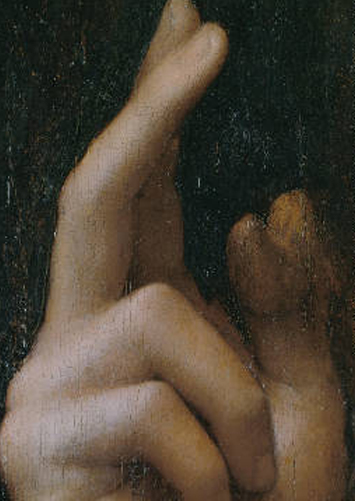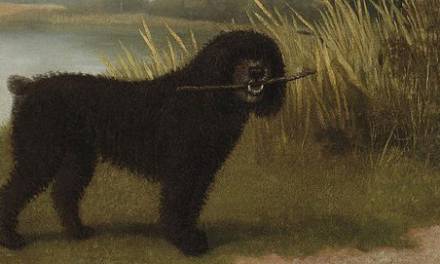A newly discovered painting has just been verified as an authentic work by Leonardo da Vinci. The painting was identified in an American collection and initially acquired by NYC art dealer Robert Simon.
The painting, Salvator Mundi (Savior of the World) gained attribution after careful scholarship and conservation.
Leonardo da Vinci (1452-1519), Salvator Mundi, c. 1500 Oil on walnut panel, 25 13/16 X 17 7/8 inches (65.6 X 45.4 cm) © 2011 Salvator Mundi llc. Photo: Robert Simon, Tim Nighswander.
NEW YORK, NY.- A lost painting by Leonardo da Vinci has been identified in an American collection and will be exhibited for the first time this November. Titled Salvator Mundi (Savior of the World) and dating around 1500, the newly discovered masterpiece depicts a half-length figure of Christ facing frontally, holding a crystal orb in his left hand as he raises his right in blessing. One of some 15 surviving Leonardo oil paintings, the work will be included in “Leonardo da Vinci: Painter at the Court of Milan,” to be held at the National Gallery in London from November 9, 2011 until February 5, 2012. The last time a Leonardo painting was discovered was in 1909, when the Benois Madonna, now in the Hermitage in St. Petersburg, came to light.
DOCUMENTED HISTORY
Leonardo’s painting of the Salvator Mundi (Savior of the World) was long known to have existed, but was presumed to have been destroyed. The composition was documented in two preparatory drawings by Leonardo and more than 20 painted copies by students and followers of the artist, as well as a meticulous 1650 etching made after the original painting by the Bohemian artist Wenceslaus Hollar.
ROYAL PROVENANCE
The recently rediscovered painting was first recorded in the art collection of King Charles I of England in 1649. It was sold after his death, returned to the Crown upon the accession of Charles II, and later passed to the collection of the Duke of Buckingham, whose son put it at auction in 1763 following the sale of Buckingham House (now Palace) to the King. All trace of the work was then lost until 1900, when the picture was acquired by Sir Frederick Cook, but by then the painting had been damaged, disfigured by overpaint, and its authorship by Leonardo forgotten. Cook’s descendants sold the painting at auction in 1958, when it brought 45 pounds Sterling. A photograph taken before 1912 records its compromised appearance at that time. This photograph has recently been circulated in the media, as has another photo [with Christ in a red tunic], incorrectly identified as the (recently rediscovered) work. In 2005, the painting was acquired from an American estate and brought to a New York art historian and private dealer named Robert Simon for study. The Salvator Mundi is privately owned and not currently for sale.
CONSERVATION & AUTHENTICATION
After an extensive conservation treatment, the painting was examined by a series of international scholars. An unequivocal consensus was reached that the Salvator Mundi was the original by Leonardo da Vinci. Opinions vary slightly in the matter of dating, with some assigning the work to the late 1490’s, and others placing it after 1500.
Scholars were convinced of Leonardo’s authorship due to the painting’s adherence in style to the artist’s known paintings; the quality of execution; the relationship of the painting to the two preparatory drawings; its correspondence to Wenceslaus Hollar’s etching; its superiority to the numerous versions of the known composition; and the presence of pentimenti, or changes by the artist not found in copies.
It’s now worth an estimated $200 million. Hopefully we’ll get to see it here in the States!
Links:








It reminds me of late 19th century “occult” or mediumistic paintings of Secret Masters.
Beautiful as always. Gave me a ton ideas for work of my own!!
is it strange, that I am not impressed even a little bit?
That's awesome! I love how paintings like these can still hidden throughout the world, even after all this time. Thanks for sharing!
Is it just me or does it look a bit unfinished?
Very interesting news, thank you!
But please, please, please : 'A New Leonardo' not 'A New da Vinci'.
Since 'the da Vinci Code' was published I see 'da Vinci' used everywhere as a family name. It isn't, Leonardo was an ilegitimate son and didn't *have* a family name. Vinci is the name of the place where he was born and 'da Vinci' means simply 'from Vinci', it's like saying 'John from Fairview Park'
wow some people think he*(leonardo) was a homosexual!
Thank you for the sharing of information. I found the information very useful. This is a great item you posted. I'll be back to read some more.